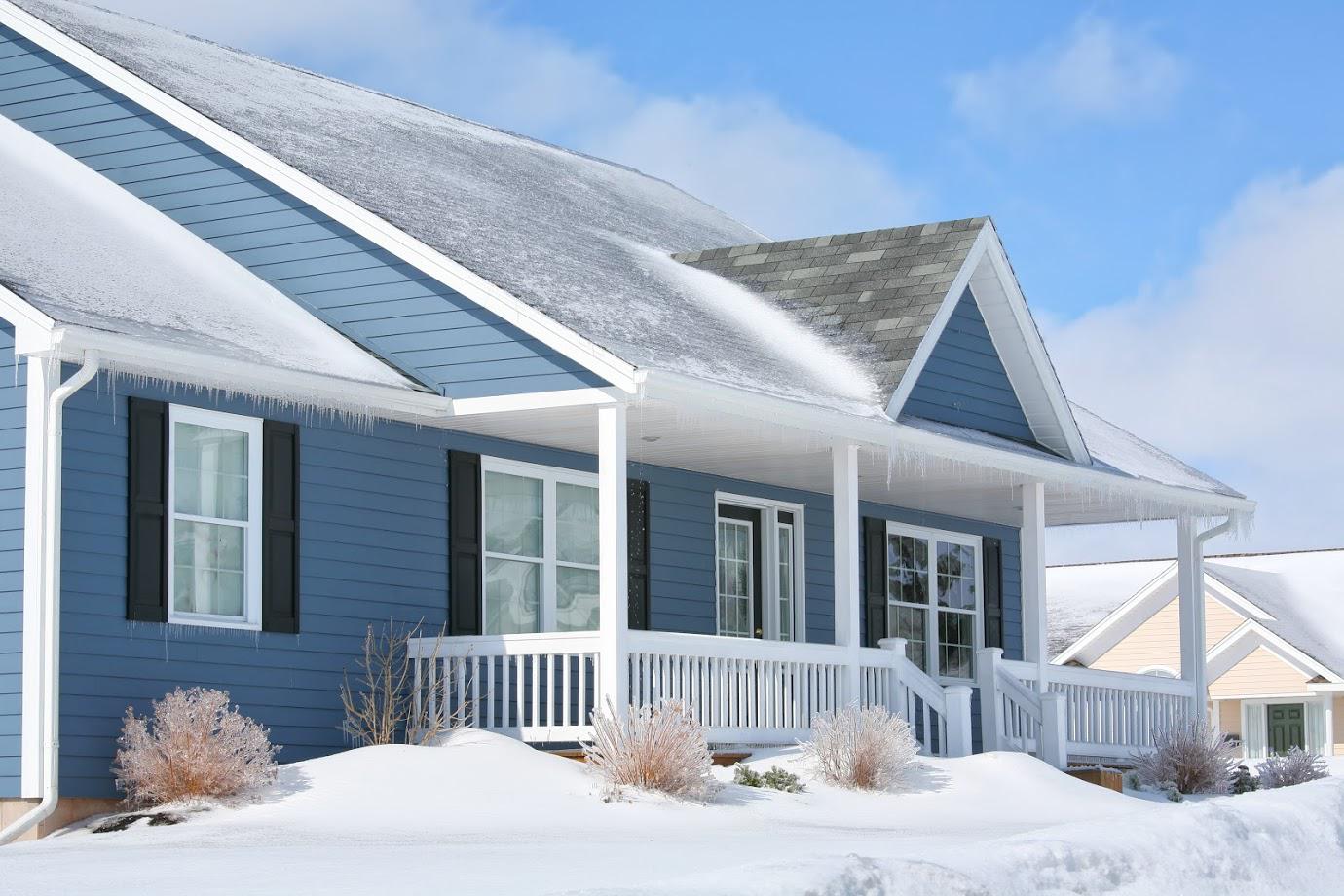Tighten the Envelope for Winter Roof Efficiency
 Tightening your building envelope means you’ll need to close up gaps, beef up insulation, and otherwise shore up your home’s defenses against the outside environment. Your home’s building envelope consists of anything that keeps the inside in and the outside out. The more insulated and less drafty your home’s components are, the better your envelope is.
Tightening your building envelope means you’ll need to close up gaps, beef up insulation, and otherwise shore up your home’s defenses against the outside environment. Your home’s building envelope consists of anything that keeps the inside in and the outside out. The more insulated and less drafty your home’s components are, the better your envelope is.
As you can imagine, your roof and attic are a large part of your home’s building envelope. In summer, you have to consider how to keep out the sun’s excess heat, but in winter, keeping in your heated air is the big issue. Here are some ideas on how you can upgrade, improve, and supplement your roof and attic with this in mind.
1. Choose Insulated Roofing and UnderlaymentOne type of heat transfer your building envelope needs to guard against is conduction. Choosing insulating materials for your roof (such as rubber) and for your underlayment can reduce how quickly heat conducts. This makes insulated materials a great choice for winter, but also helps reduce unwanted heat gain in summer.
2. Assess VentilationAt first you might think that more roof ventilation would be negative for your building envelope, but that’s actually not the case. A well-ventilated roof functions to help avoid ice dams, condensation, and other problems, without actually making your roof lose heat.
However, if your ventilation system is dysfunctional, it could be decreasing the efficiency of your building envelope. For instance, if your roof has a strong electric turbine fan, the fan could create suction underneath your roof. This suction could then draw heated air up out of your living area (especially if you have a lot of unsealed attic bypass areas) and vent it outside.
3. Seal Attic BypassesAn attic bypass is any area where a hole has been cut in the attic floor to allow systems to pass through into or out of the attic. This includes holes around the chimney, air ducts, lighting wires, plumbing pipes, and more. Often these holes are much larger than they need to be, meaning that heated air can rise up into the attic and out through the roof vents all winter long.
You’ll want an experienced contractor to seal up these bypasses, since not every hole needs the same treatment. For example, many can be sealed with expanding foam, but the chimney needs a metal flange around it.
4. Insulate ChimneyIf you have a chimney, that’s a gaping hole right through your roof where heated air can bypass any insulation, thermal reflective coatings, and other protective elements. To keep your chimney from venting all your home’s heat while not in use, you may need to add insulating chimney features.
For instance, a chimney balloon can stop the upward flow of air. Keep in mind that you can only use a chimney balloon while not using the fireplace, since the balloon blocks smoke and hazardous gases from venting as well.
5. Add Attic Floor InsulationIn addition to adding insulated roofing and underlayment materials, you can also simply put more insulation under your roof. Attic floor insulation improves your building envelope by resisting the thermal energy of warm air trying to rise up out of your living area and through the attic floor.
The better your building envelope is, the more energy-efficient your home becomes. This not only makes your house more eco-friendly, but also means that you can stay comfortable with less energy expenditure and thus lower energy bills. No matter the weather, a home with a great building envelope can help you save on electricity and gas.
For more information on how you can improve your roof to add energy efficiency, get in touch with Ray’s Harford Home Improvement Contractors Inc. today. We can help with repairs, improvements, and even total roof replacements.

